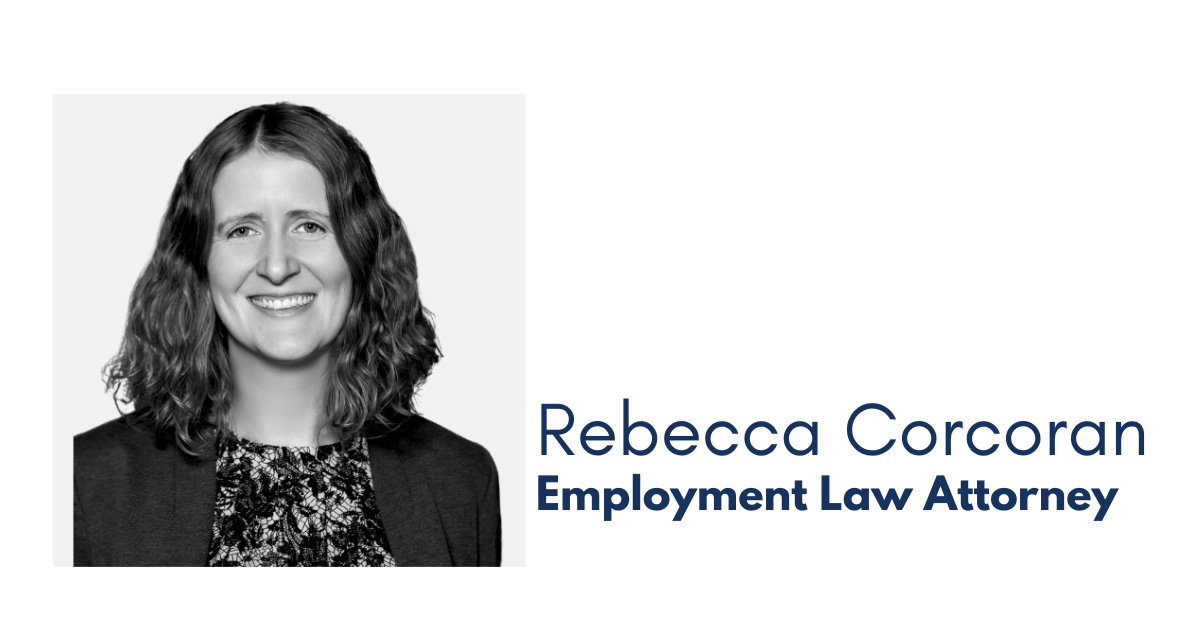Understanding the UCC-Part Two
In part one, we explored how UCC filings protect creditors by securing interests in business property. Now let’s unpack the legal mechanics of priority, enforcement, and how real-world business events like bankruptcy or acquisition can impact your rights as a secured party.
Who Gets Paid First? Understanding Priority
In a default situation, the UCC provides a clear general rule: First to perfect, first in line. That means the creditor who files first (and correctly) will have top priority among secured parties.
However, there’s a key exception: Purchase Money Security Interests (PMSIs). If the PMSI holder properly files and notifies other creditors before the debtor takes possession of the collateral, they can jump ahead in the priority line-even if others filed earlier.
Enforcement of Security Interests
Once a debtor defaults, a creditor’s rights are triggered. Here’s how enforcement works under Article 9:
- Notice and Surrender: The creditor must notify the debtor and seek voluntary surrender of the collateral.
- No “Breach of Peace”: Repossession must be peaceful. If the debtor refuses, the creditor must pursue judicial remedies.
- Sale of Collateral: Once in possession, the creditor may sell the collateral to recoup the owed balance, in accordance with UCC requirements for commercial reasonableness.
What Happens in Bankruptcy?
If the debtor files for bankruptcy, having a perfected UCC-1 ensures secured creditor status-but that doesn’t mean full recovery is guaranteed. If the value of the collateral is depleted or prior creditors exceed the available equity, you may still end up unsecured.
Subordinations: When You’re Asked to Step Aside
Sometimes a third-party creditor (often a bank) will request a subordination agreement. This means you agree to place your security interest behind theirs, allowing them to take priority. While this may help the debtor access additional capital and keep operations running, reviewing the terms carefully and reassessing your collateral’s status is critical.
Assignments, Amendments, and Business Changes
Mergers and acquisitions complicate collateral rights. If Company A acquires Company B, UCC filings may remain enforceable-if the collateral description allows for successors and assigns. In these cases, the original filing date holds, maintaining your priority.
If your business changes names, locations, or undergoes restructuring, updating the UCC-1 through assignments or amendments is essential to avoid lapses in perfection.
Final Thoughts
For finance professionals, a strong understanding of UCC filings isn’t just a box to check-it’s a proactive step in managing credit risk. Whether you’re reviewing credit applications, extending financing, or considering subordination, a properly filed UCC-1 can protect your interests and prioritize your right to recovery.
At Wagner, Falconer & Judd, our team helps simplify the complexities of commercial lending. If your company is navigating secured transactions, we’re here to review your filings, draft enforceable agreements, and ensure your position is protected.
Ready to safeguard your assets? Contact us today.




















